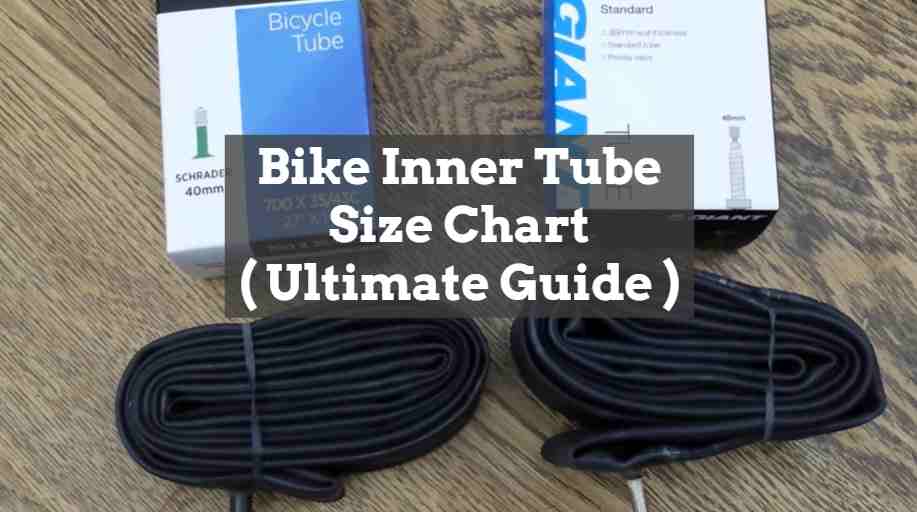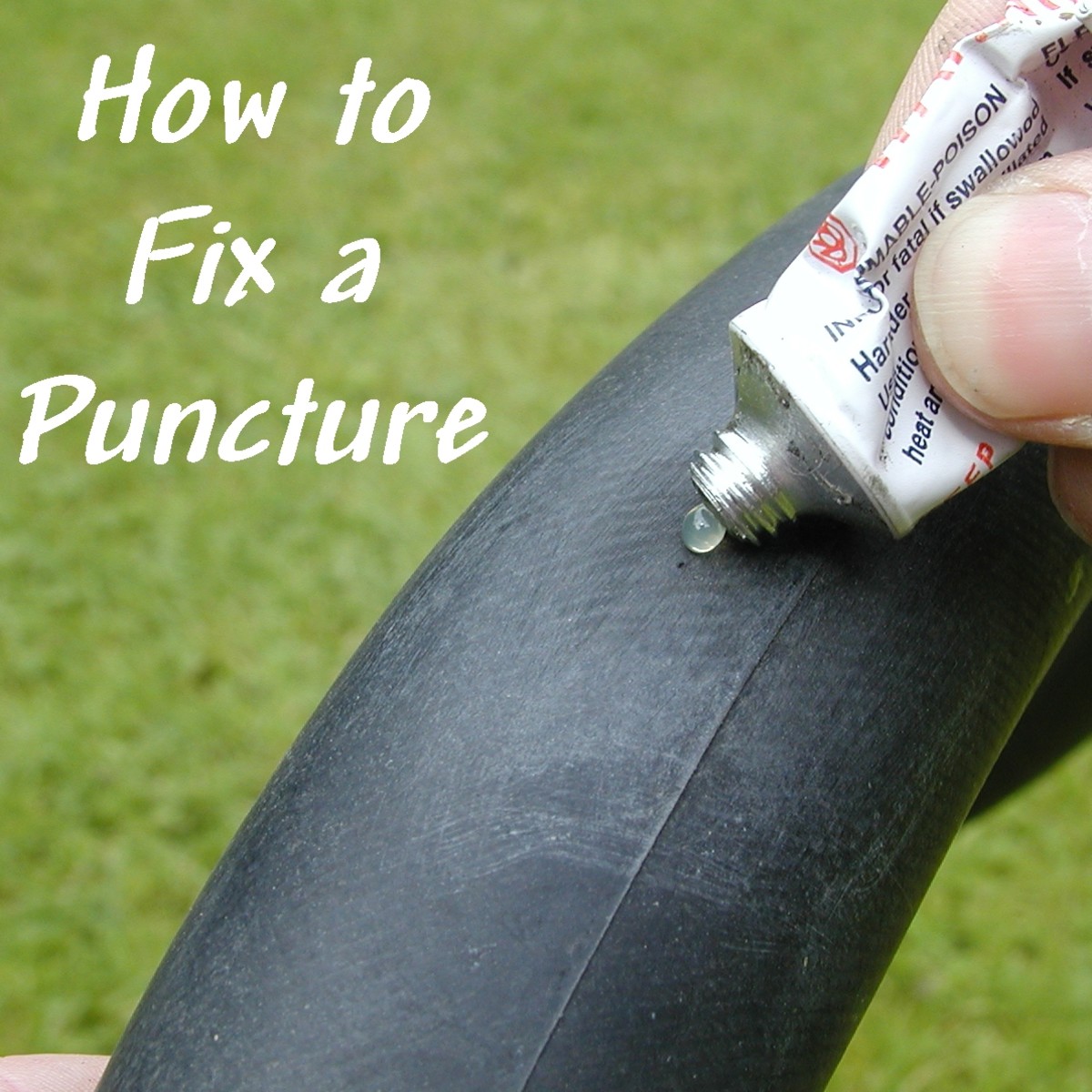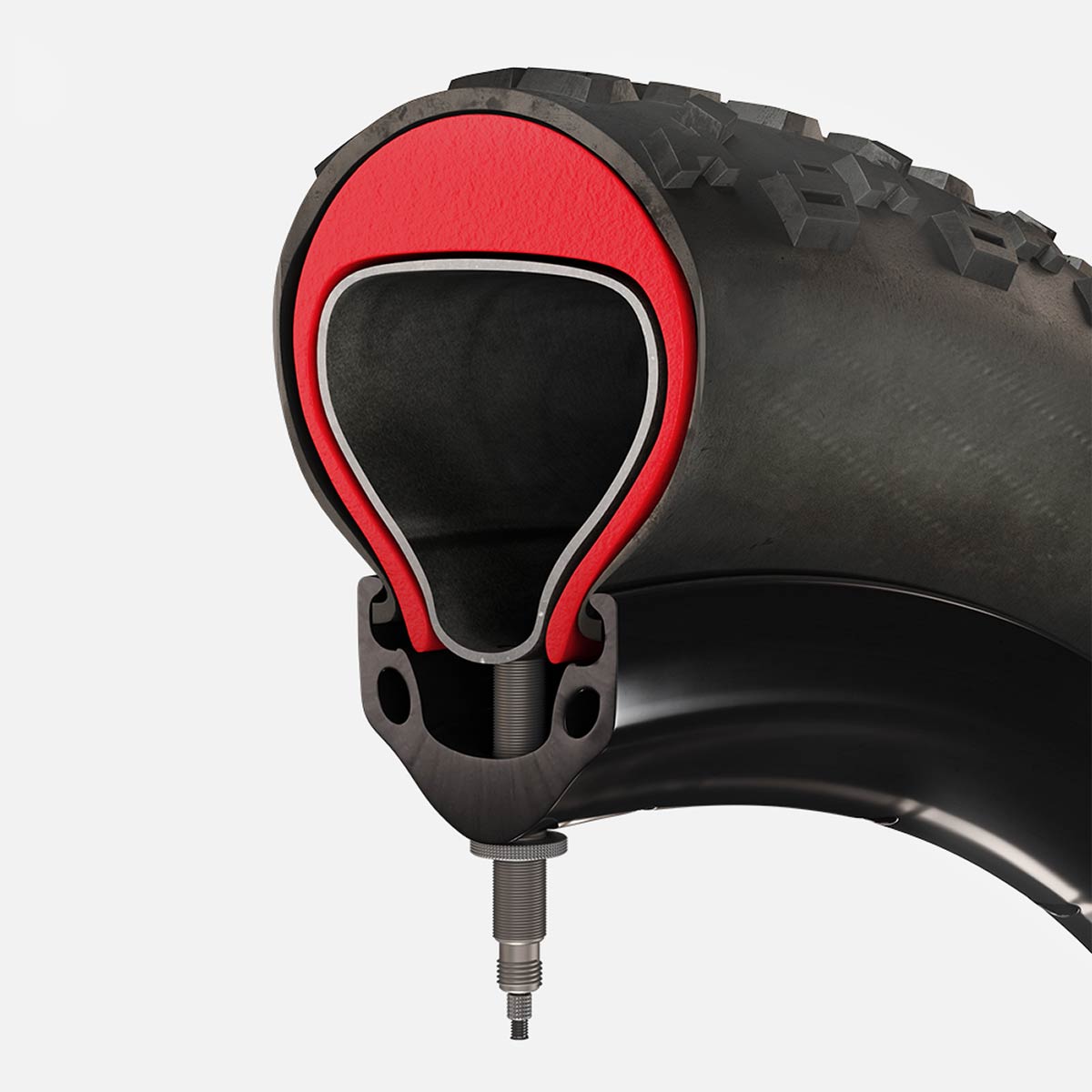Understanding the Role of Tyre Tubes in Road Biking
Tyre tubes are an essential component of road bikes, playing a crucial role in ensuring a smooth and safe ride. These tubes, typically made of rubber or other flexible materials, are inserted inside the tyre and filled with air to provide the necessary cushioning and support. By maintaining the correct air pressure, tyre tubes help absorb shocks and vibrations, reducing the impact on the rider and enhancing overall cycling comfort.
Selecting the right road bike tyre tube is vital for optimal performance and safety. Factors such as size, material, and valve type significantly influence the tube’s durability, puncture resistance, and air retention capabilities. In this comprehensive guide, we will explore the key factors to consider when choosing a tyre tube, present top recommendations, and provide practical advice on installation, maintenance, and troubleshooting.
Selecting the Perfect Tyre Tube: Key Factors to Consider
When choosing a road bike tyre tube, several essential factors must be taken into account to ensure optimal performance and safety. These factors include size, material, and valve type. Understanding the advantages and disadvantages of various options available in the market can significantly impact your cycling experience.
- Size: Tyre tubes come in various sizes, typically measured in millimeters or inches. It is crucial to select a tube that matches the width and diameter of your tyre to ensure proper fit and function. Using an incorrectly sized tube may result in poor performance, increased risk of punctures, and potential damage to the tyre or rim.
- Material: Tyre tubes are primarily made of butyl rubber, which offers a balance between durability, puncture resistance, and affordability. However, other materials, such as latex, are also available. Latex tubes are lighter, more flexible, and provide better road feel but are more expensive, require higher maintenance, and may not retain air as effectively as butyl tubes.
- Valve Type: There are two main types of valves for road bike tyre tubes: Presta and Schrader. Presta valves are slimmer, longer, and more commonly used in road biking, offering better air seal and pressure control. Schrader valves, typically found in cars and mountain bikes, are wider and shorter, making them less common in road biking but more convenient for inflation at gas stations or pumps without Presta adaptors.
Top Recommended Road Bike Tyre Tubes: A Comparative Analysis
When it comes to road bike tyre tubes, there are several high-quality options available in the market. This comparative analysis will focus on three popular brands: Continental, Schwalbe, and Vittoria. Each of these brands offers a range of tubes designed for optimal performance, durability, and puncture resistance.
Continental Tyre Tubes
Continental is a well-known brand in the cycling industry, offering a variety of tyre tubes made from high-quality butyl rubber. Their tubes are lightweight, flexible, and designed to provide excellent road feel. The Continental Race 28 and Race Light tubes are popular choices among cyclists, offering low rolling resistance and good puncture protection.
Schwalbe Tyre Tubes
Schwalbe is another reputable brand, known for its innovative and durable tyre tubes. The Schwalbe SV13 and SV7 tubes are designed for road biking, featuring a butyl rubber construction and a reinforced puncture protection layer. These tubes are lightweight, easy to install, and offer excellent air retention.
Vittoria Tyre Tubes
Vittoria is a popular brand among cyclists, offering a range of high-performance tyre tubes. The Vittoria Open Corsa and Corsa Control tubes are well-regarded for their lightweight construction, low rolling resistance, and superior puncture protection. Made from a high-quality butyl rubber, these tubes provide excellent road feel and durability.
In summary, each of these brands offers top-quality road bike tyre tubes with unique features and benefits. When selecting a tube, consider factors such as size, material, and valve type, and choose the option that best aligns with your cycling needs and preferences.
How to Install a Road Bike Tyre Tube: A Step-by-Step Guide
Installing a new road bike tyre tube can be a straightforward process if you follow the proper steps. This step-by-step guide will walk you through the process, from removing the old tube to inflating the new one to the recommended pressure.
- Remove the Wheel: Start by removing the wheel from the bike. For the rear wheel, shift the gears to the smallest cog and loosen the quick-release lever or use a wrench to remove the wheel nuts. For the front wheel, simply loosen the quick-release lever or remove the wheel nuts.
- Deflate and Remove the Old Tube: Use the valve to deflate the tyre completely. Once the tyre is flat, carefully remove the old tube from the tyre. Inspect the tyre for any damage, such as cuts, punctures, or embedded debris, and remove any foreign objects you find.
- <Install the New Tube: Inflate the new tube slightly, just enough to give it some shape. Insert the valve into the valve hole in the rim and carefully push the tube inside the tyre, ensuring that it is not twisted or pinched. Once the tube is in place, use your hands to press the tyre bead back onto the rim.
- Inflate the Tyre: Inflate the tyre to the recommended pressure, typically indicated on the sidewall of the tyre. Use a tyre gauge to ensure accurate inflation. Check for any leaks or unusual bulges in the tyre, and re-inflate if necessary.
- Reinstall the Wheel: Carefully reinstall the wheel onto the bike, ensuring that it is properly aligned with the frame and fork. For the rear wheel, engage the chain with the cassette or freewheel. Tighten the quick-release lever or wheel nuts securely, and spin the wheel to ensure it runs smoothly.
Maintaining Your Road Bike Tyre Tube: Best Practices and Techniques
Proper maintenance of your road bike tyre tube is essential for ensuring consistent performance, safety, and longevity. By following these best practices, you can extend the lifespan of your tube and minimize the risk of punctures, leaks, and other issues.
Proper Inflation
Maintaining the correct tyre pressure is crucial for optimal performance and safety. Underinflated tyres can lead to increased rolling resistance, reduced traction, and a higher risk of punctures. Overinflated tyres, on the other hand, may result in a harsh ride, reduced grip, and a higher risk of blowouts. Regularly check your tyre pressure using a tyre gauge and inflate your tyres to the recommended pressure, typically indicated on the sidewall of the tyre.
Regular Inspection
Inspect your tyres and tubes regularly for any signs of damage, such as cuts, punctures, or embedded debris. Remove any foreign objects you find, as they can cause punctures or leaks. Also, check the valve and valve stem for any signs of damage or wear, and replace them if necessary.
Addressing Punctures or Leaks
If you notice a puncture or leak in your tube, locate the source of the problem and repair or replace the tube as needed. For minor punctures, you can use a tyre patch or sealant to fix the issue. However, for larger punctures or leaks, it is best to replace the tube entirely.
Extending the Tube’s Lifespan
To extend the lifespan of your road bike tyre tube, avoid exposing it to extreme temperatures, harsh chemicals, or direct sunlight. Store your tubes in a cool, dry place, away from direct sunlight and heat sources. Also, consider using tyre liners or sealants to provide an extra layer of protection against punctures and leaks.
Troubleshooting Common Road Bike Tyre Tube Issues
Despite proper maintenance, road bike tyre tubes can still encounter issues such as punctures, leaks, and blowouts. Understanding the root causes of these problems and knowing how to address them can help you minimize downtime and ensure a safe and enjoyable ride.
Punctures
Punctures are a common issue with road bike tyre tubes, often caused by debris, sharp objects, or worn-out tyres. To prevent punctures, regularly inspect your tyres for any signs of damage or debris and remove them as needed. Consider using tyre liners or sealants for an extra layer of protection. If you do experience a puncture, locate the source of the problem and repair or replace the tube as necessary.
Leaks
Leaks can occur due to punctures, worn-out valves, or damaged tube material. To identify a leak, inflate your tyre and listen for any hissing sounds or check for a visible loss of pressure. If you find a leak, use a tyre patch or sealant to repair the issue. If the leak is severe or the tube is damaged, replace it entirely.
Blowouts
Blowouts are a serious safety concern and often caused by overinflation, underinflation, or damage to the tyre or tube. To prevent blowouts, maintain the correct tyre pressure, inspect your tyres and tubes regularly, and avoid exposing them to extreme temperatures or harsh chemicals. If you experience a blowout, replace the tube immediately and inspect the tyre for any signs of damage or wear.
Preventing Future Occurrences
To minimize the risk of punctures, leaks, and blowouts, follow these best practices:
- Regularly inspect your tyres and tubes for any signs of damage or wear.
- Remove debris and sharp objects from your tyres as needed.
- Maintain the correct tyre pressure.
- Avoid exposing your tyres and tubes to extreme temperatures or harsh chemicals.
- Consider using tyre liners or sealants for an extra layer of protection.
Innovations in Road Bike Tyre Tubes: The Future of Cycling
The world of road bike tyre tubes is constantly evolving, with new technologies and advancements emerging to enhance performance, safety, and convenience. Here are some of the latest innovations in road bike tyre tubes that are shaping the future of cycling.
Tubeless Tyres
Tubeless tyres have gained popularity in recent years due to their ability to provide a smoother ride, better traction, and reduced rolling resistance. By eliminating the inner tube, tubeless tyres reduce the risk of punctures and leaks, allowing for lower tyre pressure and improved grip on various surfaces. However, tubeless tyres can be more challenging to install and maintain, requiring special tools and sealants.
Latex Tyre Tubes
Latex tyre tubes are a popular choice among serious cyclists due to their lightweight construction and superior performance. Latex tubes are more flexible than traditional butyl tubes, providing better road feel and reduced rolling resistance. However, latex tubes are more expensive, require higher maintenance, and may not retain air as effectively as butyl tubes.
Smart Tyre Tubes
Smart tyre tubes are the latest innovation in road bike tyre technology, featuring sensors and electronics that provide real-time data on tyre pressure, temperature, and other performance metrics. By monitoring these factors, smart tyre tubes can alert riders to potential issues before they become serious problems, improving safety and performance. However, smart tyre tubes are still in the early stages of development and may be more expensive than traditional tyre tubes.
The Future of Cycling
As technology continues to advance, we can expect to see even more innovations and advancements in road bike tyre tubes. From self-inflating tyres to tyres made from advanced materials, the future of cycling is bright, and road bike tyre tubes will continue to play a crucial role in providing a safe, smooth, and enjoyable ride.







